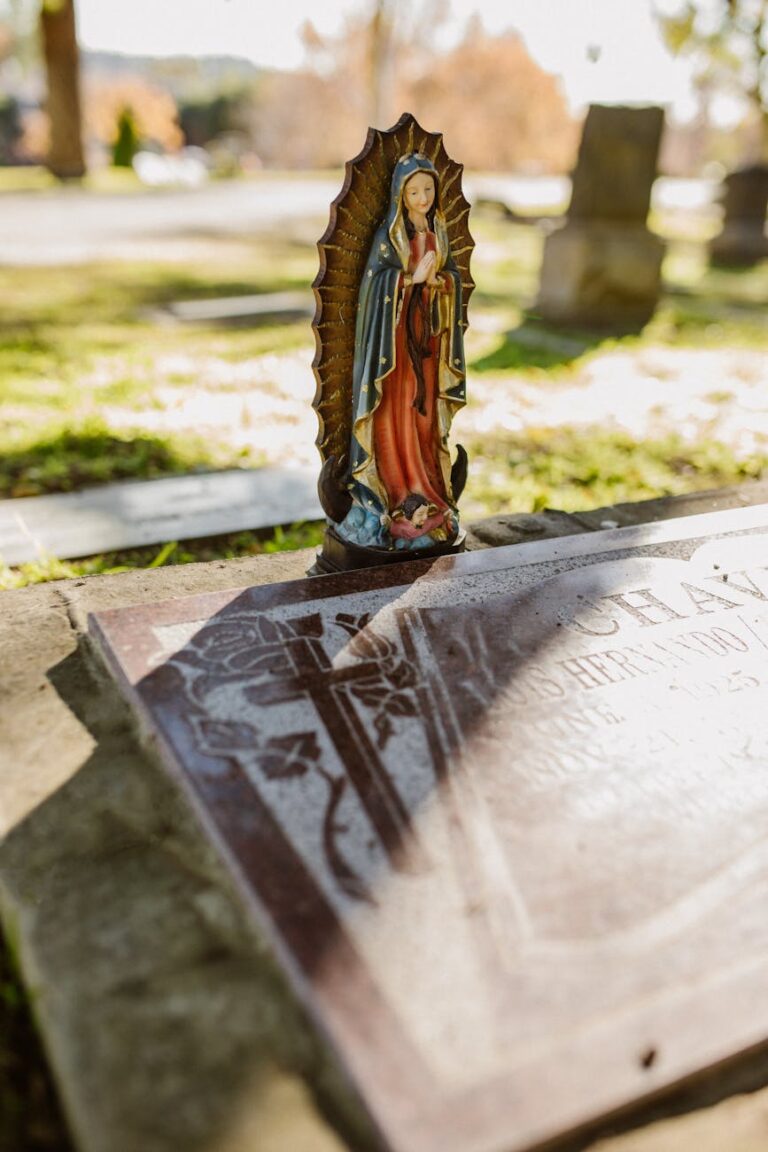Corrective AI Exposed: Stunning Yet Risky Voice-Over Shift
Corrective AI has undeniably become one of the most talked-about advancements within the voice-over industry, revolutionizing how voice content is generated, edited, and perfected. While many hail this technological leap for its ability to enhance quality and efficiency, there is an equally compelling conversation shedding light on the risks, ethical dilemmas, and unintended consequences of relying heavily on AI-driven voice modulation and correction tools.
As the entertainment, advertising, and gaming sectors rapidly integrate corrective AI into voice production workflows, controversy brews over whether this stunning shift sacrifices authenticity, artistic integrity, and even job security in favor of impressive but sometimes misleading synthetic perfection.
The Allure of Corrective AI in Voice-Over: Precision and Perfection
At its core, corrective AI in voice-over uses sophisticated algorithms to analyze vocal performances for pitch, tone, timing, and cadence discrepancies. It can automatically adjust these elements to create a flawless final product that meets industry standards with unmatched speed and minimal human intervention. This capability is especially attractive in fields where deadlines are tight and audience expectations for clarity and polish are high, such as commercials or instructional videos.
Studios and independent creatives alike applaud the stunning accuracy with which AI corrects breath irregularities, eliminates background noise, and even alters emotional inflections to fit specific contexts. The technology promises a future where vocal errors are relics of the past—a thrilling prospect for producers chasing perfection.
The Dark Side: Risks Lurking Behind the Voice-Over Shift
However, behind these encouraging headlines lies a host of troubling issues that often go unaddressed. The risk of over-reliance on corrective AI leads to an erosion of the human element vital to authentic vocal performances. When voice actors’ unique timbres or imperfect breaths are artificially “corrected,” the emotional depth and individuality of their work risks being flattened into synthetic homogeneity.
Moreover, this trend threatens to marginalize voice actors, especially emerging talent who may find it harder to compete against AI-enhanced veterans or even entirely AI-generated voices. The shift could pave the way for exploitation, with studios demanding “near-perfect” recordings and penalizing actors for any natural vocal quirks that AI could easily fix.
Ethical Quandaries: Who Controls the Voice?
Corrective AI also raises profound ethical concerns. When a human voice is modified or even generated by machines, questions about ownership, consent, and authenticity come to the fore. For instance, how much alteration is too much before a voice no longer belongs to the performer behind the microphone? At what point does AI-generated content become deceptive, especially when used in political commentary or advertisements?
These concerns are compounded by the lack of industry-wide regulations governing AI manipulation in voice-over work, opening the door for misuse or “deepfake” style deceptions. The potential for AI-altered audio to be weaponized for misinformation campaigns or malicious impersonation is a growing nightmare that illustrates how stunning technology can have dangerous real-world implications.
The Human Element vs. Machine Precision: Finding Balance
Instead of outright rejection or blind acceptance of corrective AI, the voice-over industry may need to find a nuanced middle ground. This involves acknowledging the benefits of AI for increasing efficiency and technical quality, while steadfastly preserving the human nuances that make voice performances resonate emotionally.
A collaborative approach might see voice actors working alongside AI tools as creative partners rather than mere operators of technology. By controlling how corrective AI is applied—using it as a tool for enhancement rather than erasure—the industry can safeguard artistic integrity even as it embraces innovation.
Conclusion: A Stunning Development That Demands Caution
The corrective AI revolution in voice-over is a double-edged sword. Its stunning capabilities for elevating vocal quality come with significant risks that cannot be ignored. From ethical dilemmas around authenticity and ownership to socioeconomic impacts on talent, this shift challenges us to rethink how we value and protect human creativity amid accelerating technological change.
Navigating this precarious terrain requires vigilance, transparent dialogue among stakeholders, and the establishment of responsible frameworks that govern AI’s use in voice production. Only then can we harness corrective AI’s promise without sacrificing the rich, imperfect humanity that makes voice artistry truly compelling.






